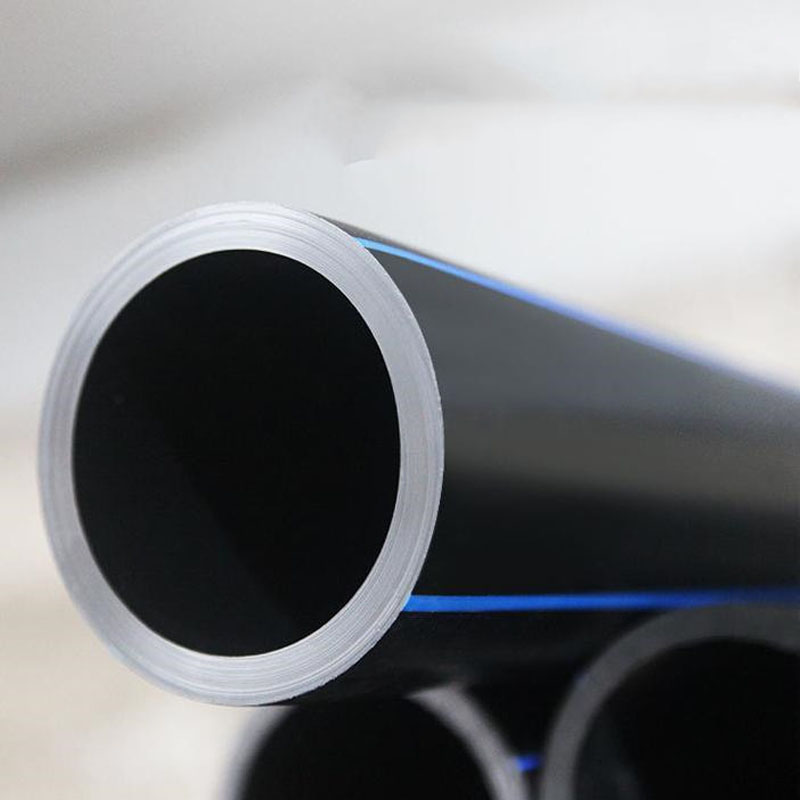Dec . 18, 2024 12:53 Back to list
ppr pipe for hot water supply service
PPR Pipe for Hot Water Supply Service An Overview
PPR (Polypropylene Random Copolymer) pipes have become increasingly popular in various plumbing and construction applications, particularly for hot water supply services. They are known for their durability, effectiveness, and versatility, making them an ideal choice for both residential and commercial projects. This article delves into the characteristics, advantages, and applications of PPR pipes in hot water systems.
Characteristics of PPR Pipes
PPR pipes are made from a type of polypropylene, a thermoplastic polymer that exhibits remarkable strength and resistance to temperature variations. The 'random copolymer' aspect of PPR indicates that the polymer chains are arranged randomly, which contributes to enhanced flexibility and impact resistance. PPR pipes come in various diameters and wall thicknesses, typically ranging from 20mm to 160mm, catering to different applications and flow requirements.
One of the most notable features of PPR pipes is their ability to handle high temperatures. They can withstand temperatures up to 95°C (203°F) and pressures up to 25 bar, making them suitable for hot water supply services. Additionally, PPR pipes are lightweight yet robust, simplifying the installation process and reducing transportation costs.
Advantages of PPR Pipes
1. Durability and Longevity PPR pipes are resistant to corrosion, scale formation, and deposits. Unlike metal pipes, they do not rust or corrode, which significantly extends their lifespan. With a life expectancy of over 50 years, PPR pipes are a long-term investment for hot water supply systems.
2. Thermal Insulation PPR pipes exhibit excellent thermal insulation properties, which minimizes heat loss during water transport. This characteristic not only enhances the energy efficiency of hot water systems but also allows for consistent water temperature throughout the piping network.
3. Chemical Resistance PPR pipes are resistant to a wide range of chemicals, making them suitable for use in various environments. They do not react with hot water or other substances, ensuring that the water remains pure and safe for consumption.
4. Jointing Technology PPR pipes can be joined using heat fusion welding techniques, which create a strong and hermetic connection between pipe segments. This method eliminates the risk of leaks typically associated with mechanical joints and fittings, ensuring a reliable hot water supply system.
ppr pipe for hot water supply service

5. Cost-Effectiveness While the initial investment in PPR piping may be higher than traditional materials like PVC or galvanized steel, their lifespan, reduced maintenance costs, and energy efficiency make them a cost-effective choice in the long run.
6. Environmental Friendliness PPR pipes are recyclable and have a lower carbon footprint compared to metal pipes. Their production process also consumes less energy, making them an eco-friendly alternative for hot water supply systems.
Applications of PPR Pipes
PPR pipes are widely used in residential buildings, commercial establishments, and industrial settings for various hot water supply applications. Common uses include
- Domestic Hot Water Systems PPR pipes are ideal for providing hot water to kitchens, bathrooms, and heating systems in homes. Their durability and resistance to scale deposition make them particularly suitable for regions with hard water.
- Heating Systems In underfloor heating installations, PPR pipes serve as the primary conduit for heated water, effectively distributing heat throughout the space.
- Industrial Applications PPR pipes are utilized in factories and industrial plants for transporting hot water in processes such as manufacturing and food processing.
- Renewable Energy Systems With the increasing adoption of solar water heating systems, PPR pipes are employed to transport heated water from solar panels to storage tanks and distribution systems.
Conclusion
In summary, PPR pipes are an excellent solution for hot water supply services, offering numerous advantages including durability, thermal efficiency, and cost-effectiveness. Their versatility makes them suitable for a wide range of applications, from residential plumbing to industrial processes. As building standards evolve and the focus on sustainability heightens, PPR pipes are likely to continue playing a significant role in modern plumbing solutions. Whether for new constructions or renovations, investing in PPR piping is a wise choice for reliable and safe hot water supply systems.
-
High-Quality PVC Borehole Pipes Durable & Versatile Pipe Solutions
NewsJul.08,2025
-
High-Quality PVC Perforated Pipes for Efficient Drainage Leading Manufacturers & Factories
NewsJul.08,2025
-
High-Quality PVC Borehole Pipes Durable Pipe Solutions by Leading Manufacturer
NewsJul.08,2025
-
High-Quality PVC Borehole Pipes Reliable PVC Pipe Manufacturer Solutions
NewsJul.07,2025
-
High-Quality UPVC Drain Pipes Durable HDPE & Drain Pipe Solutions
NewsJul.07,2025
-
High-Quality Conduit Pipes & HDPE Conduit Fittings Manufacturer Reliable Factory Supply
NewsJul.06,2025

